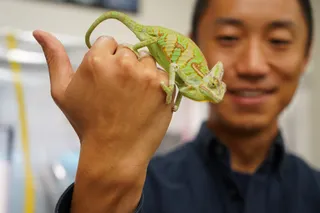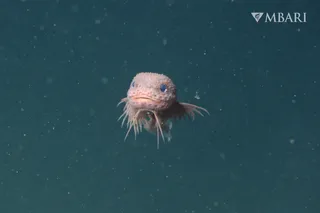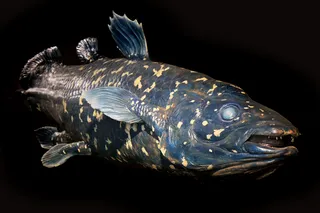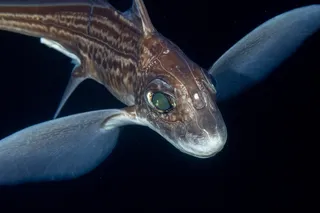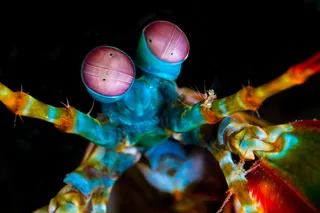When a dog looks at you with puppy eyes and a crinkled brow, chances are they will get exactly what they want, whether that be food, a walk or simple attention. And who can resist that look?
But dogs didn’t come up with this cunning little trick to manipulate us on their own, or was it by pure chance that they look adorable. Domesticated dogs possess a higher ratio of faster facial muscles than their wild ancestor, the wolf, according to an 18-month study, whose preliminary results were presented at the annual Experimental Biology 2022.
Dogs instead have a muscle composition that is closer to humans. Through domestication, these distinct features have evolved.
Humans contributed to the development of more human-like anatomy and features in dogs through domestication and the breeding of new dog species.
“We think humans selected dogs to have a lot of fast-twitch fibers in their mimetic ...



